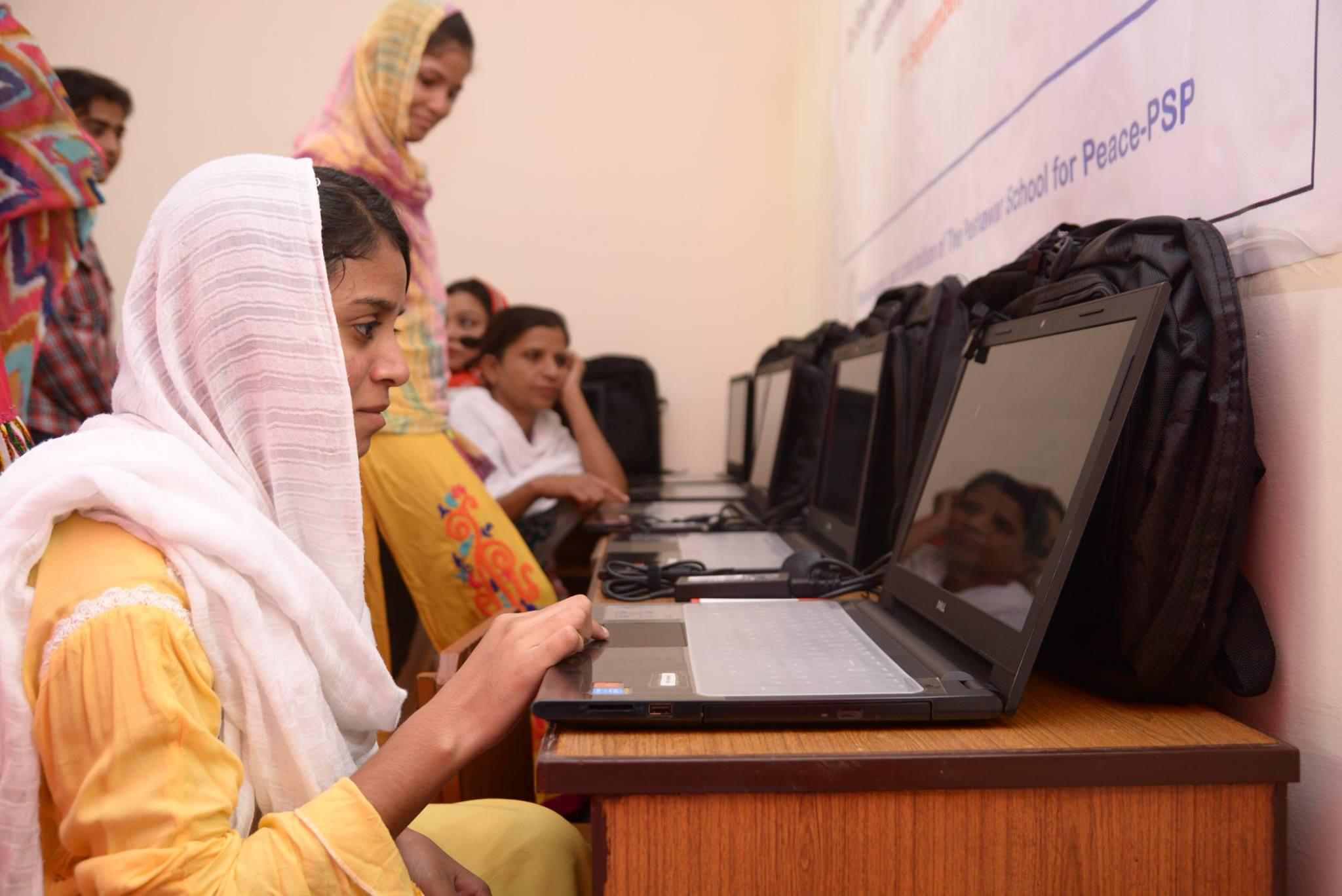STEM education is a hidden code with the power to reshape the world. Science, Technology, Engineering, and Mathematics (STEM) are not just subjects but the four pillars that can shape a nation’s future. These fields hold the key to unlocking possibilities, from making origami to reaching for the skies.
The participation of women in STEM fields is limited, hindering personal growth and confining their potential for innovation, discovery, and problem-solving. These stereotypes affect the girls, self-perception from a young age, influencing the subjects they choose to study.
The participation of women in STEM fields is not just about achieving equality, but about unlocking the door to limitless innovation and progress.
As girls transition through life, their once-vibrant enthusiasm for science and math often dims. It’s like a puzzle begging to be solved. Could it be the result of societal assertions that specific fields are exclusively for boys? Or does the lack of visible female figures in science and math careers play a role? These are the clues we must unearth.
In a world that champions equality, why does this divide endure? Why is there a discriminatory distinction between toys for girls and boys from early childhood? Why are women guided towards becoming doctors or teachers but not mathematicians or engineers? Who defines these educational boundaries for women?
Where Did the Dream Go?
Yet, within this enigmatic puzzle, there lies an opportunity for positive change. By carefully examining each piece, we can discover ways to reignite that initial excitement. A nation where girls constantly harbour science and technology, believe in their limitless potential and have equal opportunities. Certain developments are paving the path for females, and we are now embarking on a journey to decode this puzzle, bringing forth a future where every girl’s passion for STEM thrives and where their potential knows no bounds.
In Pakistan, the literacy rate for females is 51.8%, which has increased by 10% over the past three years [1]. Despite the significant progression women have made in education and the professional field, the less involvement of females persists in these crucial disciplines. The World Economic Forum emphasizes that sustainability goals and gender equality in science must walk hand in hand. Their recent research states that in Pakistan, women only hold 4.9% of engineering supervisory posts [2]. This situation is considerably worse. The need for gender equality in STEM transcends social justice. it is an indispensable element for global progress.

In the last few years, Pakistani women have been breaking all these stereotypes in addition to inspiring efforts showcased at different events, including Lahore Science Mela and numerous other supporting projects initiated by UNICEF, British Council and Carfex Education to empower women in STEM fields. Organizations such as “Girls in Tech” and “STEM Women” are dedicated to fostering a supportive environment where women can thrive and excel in science, technology, engineering, and mathematics [3].
These initiatives offer mentorship programs, workshops, networking opportunities, and scholarships tailored to empower women to pursue and succeed in STEM careers. Furthermore, collaborations between universities, research institutions, and industry leaders are actively working to bridge the gender gap. They create inclusive curricula, host STEM events, and advocate for equitable representation in STEM-related conferences and panels. These multifaceted endeavours collectively contribute to breaking barriers, changing perceptions, and ensuring the remarkable potential of women in STEM [4].
Contribution of Women in Science & Technology in Pakistan
Despite the challenges, women and girls in Pakistan have made significant contributions to science and technology. These remarkable individuals and initiatives shine as guiding lights. A group of remarkable Pakistani women have left an indelible mark on the world of STEM. Asma Zaheer, a pioneering computer scientist, clinched the esteemed “Best of IBM Award” in 2019.
Azra Quraishi, a renowned botanist, enhanced potato yield by 5% and earned national recognition through the Norman Borlaug Award. Arfa Karim became the youngest Microsoft Certified Professional in 2004, with a place in the Guinness Book of World Records. Mariam Sultana is Pakistan’s first female astrophysicist, while Talat Shahnaz Rahman, a condensed matter physicist, has delved into surface phenomena. Biologist Aban Markar Kabraji also made significant strides.
These women exemplify the immense potential and achievements of females in STEM, inspiring generations. Dr Nergis Mavalvala, originally from Lahore and now a renowned physicist in the US, played an important role in uncovering gravitational waves. Dr Yasmeen Sabeeh Qazi, a pioneering computer scientist, has propelled AI and digital equality. Sheba Najmi co-founded Code for Pakistan, empowering women through workshops and mentorship. Girls in Tech Pakistan catalyse STEM progress alongside many other women breaking barriers in these fields [5][6].
The equation for progress is simple: Empower women in STEM, and you empower a nation with limitless possibilities.
As Pakistan navigates the complex terrain of technological advancement and global competitiveness, including women and girls in STEM becomes a desirable outcome and a strategic necessity. It is a journey towards progress, resilience, and prosperity. By breaking down stereotypes, providing equal opportunities, and fostering an environment where all can thrive, Pakistan can stride towards a brighter future.
In Pakistan, a key solution to address the STEM gender gap is to establish specialized learning environments for girls in STEM subjects. However, to maximize the effectiveness of such programs, it is essential to engage young women and their families and communities. This is particularly significant for creating awareness in them. Moreover, providing training and information sessions for teachers and career counsellors is a strategic step to ensure a broader and lasting impact on narrowing the gender gap in STEM education.
REFERENCES:
- Akhtar, M., 2023 Literacy rate in Pakistan 2023/ Pakistan information.
- Global Gender Gap Report 2020″. World Economic Forum. Archived from the original on 4 November 2020. Retrieved 7 November 2020
- Park, H., Behrman, J. & Choi, J., 2012. Do Single-Sex Schools Enhance Students’ Stem (Science, Technology, Engineering, and Mathematics) Outcomes?, s.l.: Social Science Research Network.
- Blickenstaff, J., 2005. Women and science careers: leaky pipeline or gender filter?. Gender and Education, 17(4), pp. 369-386
- Women in science”. www.thenews.com.pk. Archived from the original on 7 November 2020. Retrieved 7 November 2020.
- Inspiring a new generation of Pakistani women leaders in STEM”. blogs.worldbank.org. Archived from the original on 13 November 2020. Retrieved 7 November 2020.
*The article was written under the supervision of Dr Muhammad Mustafa
Also, Read: The Brilliant Pakistani Women in STEM

Sadaf Sarfraz, currently a lecturer, holds an MPhil in Molecular Pathology and Genomics, complemented by a BSc in Medical Laboratory Technology. Contributing as a healthcare writer at Scientia-Pakistan, she passionately engages in calligraphy and art.

